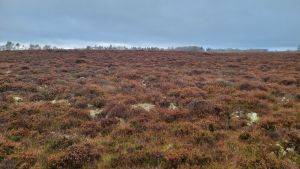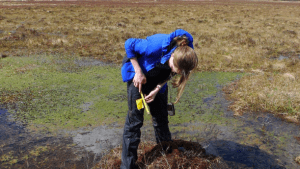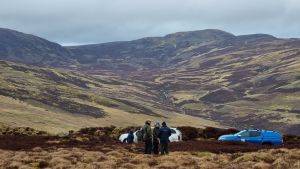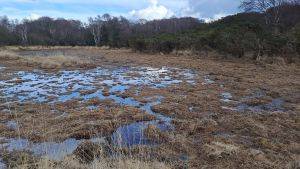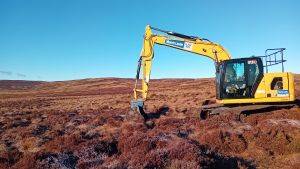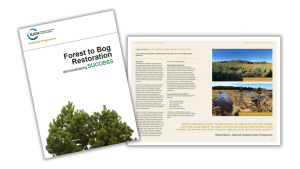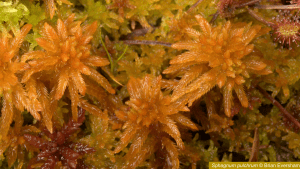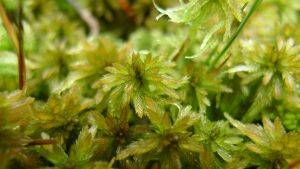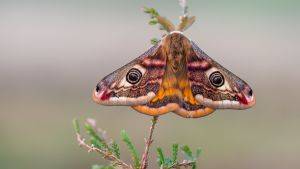New footpath lets walkers follow in the footsteps of the past
Rossendale stone quarried from the uplands of the south Pennines during the industrial revolution has returned to protect eroded areas of the Peak District National Park.
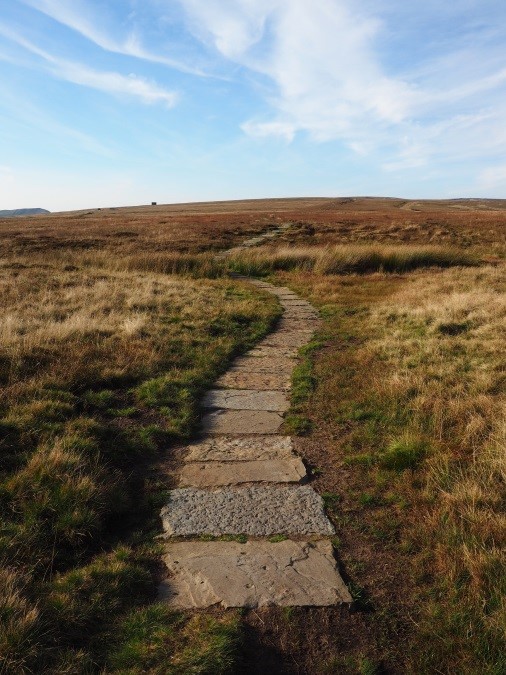 The popularity of a walk on Brown Knoll (Kinder Scout), running from Rushup Edge up to the Brown Knoll trig point led to vegetation being damaged and areas of the fragile peat beneath becoming exposed.
The popularity of a walk on Brown Knoll (Kinder Scout), running from Rushup Edge up to the Brown Knoll trig point led to vegetation being damaged and areas of the fragile peat beneath becoming exposed.
The damaged blanket bog within a designated Site of Special Scientific Interest (SSSI) has now been protected after hundreds of tonnes of reclaimed flagstones were given a new purpose – creating a 2.7 kilometre long footpath.
They have come from cotton mills in the Lancashire towns of Colne, Burnley and Blackburn that have been recently demolished.
The Moors for the Future Partnership team, working with Natural England, the National Trust and a private landowner has delivered the project, which was funded through environmental stewardship via Natural England, which links up with earlier works completed in 2011.
In total around 1,500 tonnes of stone were airlifted by helicopters onto the site to complete both stretches of footpath.
The limited supply of flagstones available saw the final 300 metres of the pathway made by making use of larger blocks of the same stone, engine blocks that previously supported the mill machinery, that had been cut down to more manageable sizes.
In the recent past, these engine blocks were crushed after the mills had been demolished as there was no further use identified for them.
The blocks here were cut into the perfect assortment of sizes for the Brown Knoll path and have had a non-slip surface machined onto them.
They are currently a slightly lighter, sandier colour than the flagstones because the surfaces of the stone are freshly cut, but they will soon weather and blend in with the rest of the path surface.
Matt Buckler, Conservation and Land Management Programme Manager, said: “The erosion of this path has been a concern for some time and working in partnership was a key factor in enabling this work to be carried out.
“It has allowed us all to take a long-term view and be able to look at linking up projects on a wider landscape scale, across land ownership boundaries.”
Healthy blanket bogs, like those protected by this project, provide many benefits to people: a valuable habitat for plants, birds, insects and mammals which can live nowhere else, improve water quality, help reduce the risk of flooding downstream and reduce the risk of wildfires.
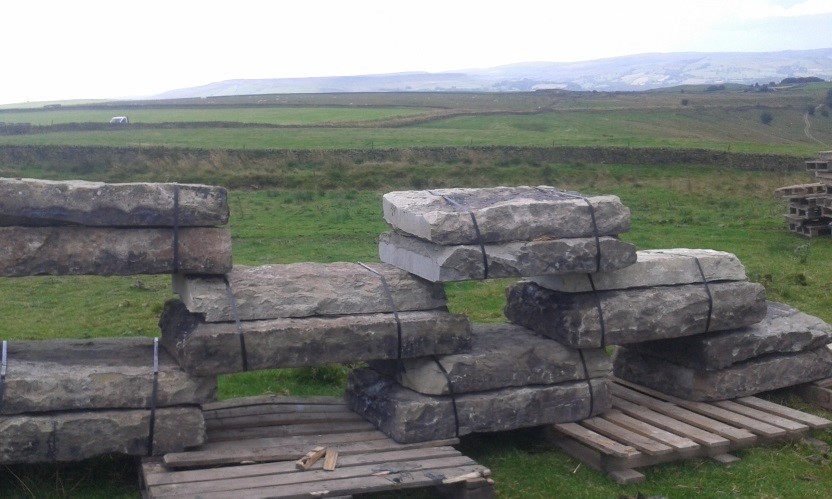
These flagstones could tell a good story from moor to mill and back to moors again.
Matt Scott-Campbell, Project Manager said: “It is great to see the work completed. By reusing the old flagstones we have been able to protect the peat habitats adjacent to the route for years to come.”
Due to the location of the footpaths the materials had to be flown onto site before being manoeuvred into place by hand.
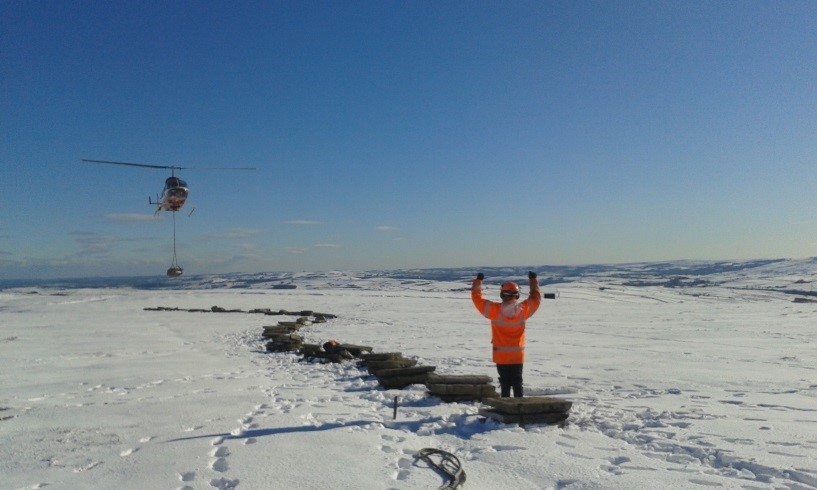
The weather posed some interesting challenges.
To find out more about the work of the Moors for the Future Partnership visit www.moorsforthefuture.org.uk.

